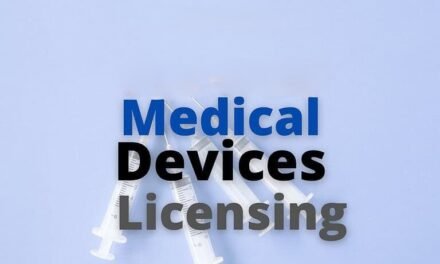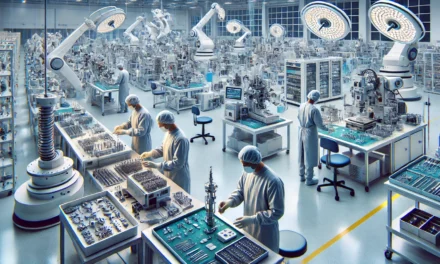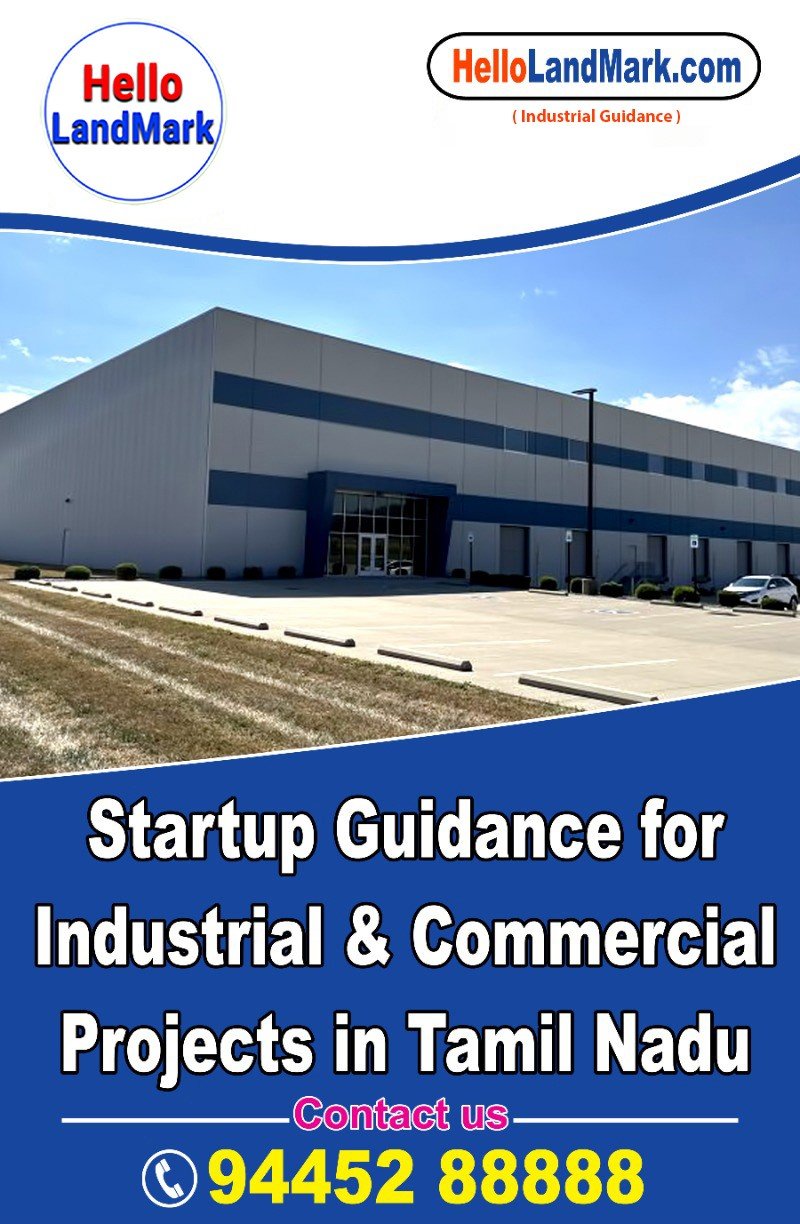
How do mergers and acquisitions shape the medical device market?

Mergers and acquisitions (M&A) play a transformative role in shaping the medical device market by driving innovation, expanding market reach, and fostering competitive advantage. The consolidation of companies through M&A creates opportunities for growth, efficiency, and the introduction of cutting-edge technologies. Here’s how M&A shapes the industry:
1. Accelerating Innovation:
- Access to Technology: Larger companies acquire startups and smaller firms to integrate innovative technologies and products into their portfolios, particularly in emerging areas like robotics, AI, and personalized medicine.
- R&D Optimization: M&A enables companies to combine research and development (R&D) capabilities, accelerating the development of new medical devices.
- Expanding Product Lines: Acquisitions allow companies to fill gaps in their product offerings, ensuring a comprehensive portfolio.
2. Market Expansion:
- Geographical Reach: Acquiring companies with established networks in new regions helps expand market presence, especially in emerging markets.
- Customer Base Growth: Acquiring firms often gain access to a broader customer base, including hospitals, clinics, and healthcare systems.
3. Enhancing Competitiveness:
- Economies of Scale: M&A helps reduce costs through streamlined operations, bulk purchasing, and shared infrastructure.
- Increased Market Share: Consolidation allows companies to strengthen their position in highly competitive segments like imaging systems, orthopedic devices, or diagnostics.
- Eliminating Redundancy: By acquiring competitors, companies can reduce market fragmentation and focus on driving innovation and profitability.
4. Responding to Regulatory and Market Pressures:
- Compliance and Resources: Larger companies are better equipped to navigate complex regulatory environments and meet compliance requirements.
- Healthcare Cost Pressures: Consolidation helps companies manage pricing pressures and adapt to reimbursement challenges by improving operational efficiency.
5. Fostering Diversification:
- Risk Mitigation: Diversifying product lines through acquisitions reduces dependence on specific market segments or geographic regions.
- Entry into New Segments: M&A allows companies to enter adjacent or complementary markets, such as diagnostics, wearables, or surgical robotics.
6. Driving Digital Transformation:
- Adoption of Digital Health: Acquisitions in digital health enable companies to offer IoT-enabled devices, telehealth solutions, and AI-driven diagnostics.
- Data-Driven Decision Making: Companies leverage the analytics capabilities of acquired firms to enhance device performance and patient outcomes.
7. Enabling Vertical Integration:
- Control Over Supply Chains: M&A with suppliers and distributors ensures better control over raw materials, manufacturing, and distribution.
- End-to-End Solutions: Vertical integration helps deliver comprehensive solutions, from diagnostics to treatment and post-care monitoring.
8. Consolidating Expertise and Talent:
- Access to Talent: M&A provides access to specialized expertise, including engineers, scientists, and regulatory professionals.
- Knowledge Sharing: Combining the knowledge and experience of both companies enhances innovation and operational excellence.
9. Key Examples of M&A in the Medical Device Industry:
- Medtronic and Covidien (2015): This $50 billion acquisition helped Medtronic strengthen its position in minimally invasive therapies and expand its global footprint.
- Boston Scientific and BTG (2019): The acquisition broadened Boston Scientific’s interventional medicine portfolio, especially in oncology and vascular therapy.
- Johnson & Johnson and Auris Health (2019): The $3.4 billion deal brought robotic surgery capabilities, particularly in lung cancer diagnostics and treatment.
- Siemens Healthineers and Varian Medical Systems (2020): Siemens’ $16.4 billion acquisition of Varian added advanced cancer care solutions to its portfolio.
10. Impact on the Industry:
- Consolidation Trends: M&A reduces market fragmentation, creating a more concentrated industry with dominant players.
- Startups as Innovation Engines: Startups are incentivized to innovate, knowing they may become acquisition targets for larger firms.
- Patient Benefits: Consolidation often results in integrated solutions that improve patient outcomes and reduce costs.
Challenges Associated with M&A:
- Integration Issues: Combining different corporate cultures, systems, and processes can be challenging.
- Regulatory Scrutiny: M&A activities are subject to antitrust regulations, especially in cases where consolidation could limit competition.
- High Costs: Large acquisitions require significant investment and may strain financial resources.
- Innovation Stagnation: Over-consolidation could reduce competition and potentially slow innovation.
Future Outlook:
- Focus on Emerging Technologies: Robotics, AI, and digital health will likely drive future M&A activities.
- Increased Activity in Emerging Markets: Companies will target firms in regions like Asia-Pacific and Latin America to capitalize on growing healthcare needs.
- Sustainability and ESG Focus: M&A may prioritize companies with strong sustainability practices and alignment with environmental, social, and governance (ESG) goals.
Mergers and acquisitions are a driving force in the medical device industry, enabling companies to innovate, scale, and adapt to an evolving healthcare landscape. While challenges exist, the strategic opportunities provided by M&A make it a cornerstone of growth and transformation in the sector. Companies that successfully leverage M&A will continue to lead in delivering advanced, integrated, and patient-centered healthcare solutions.




























